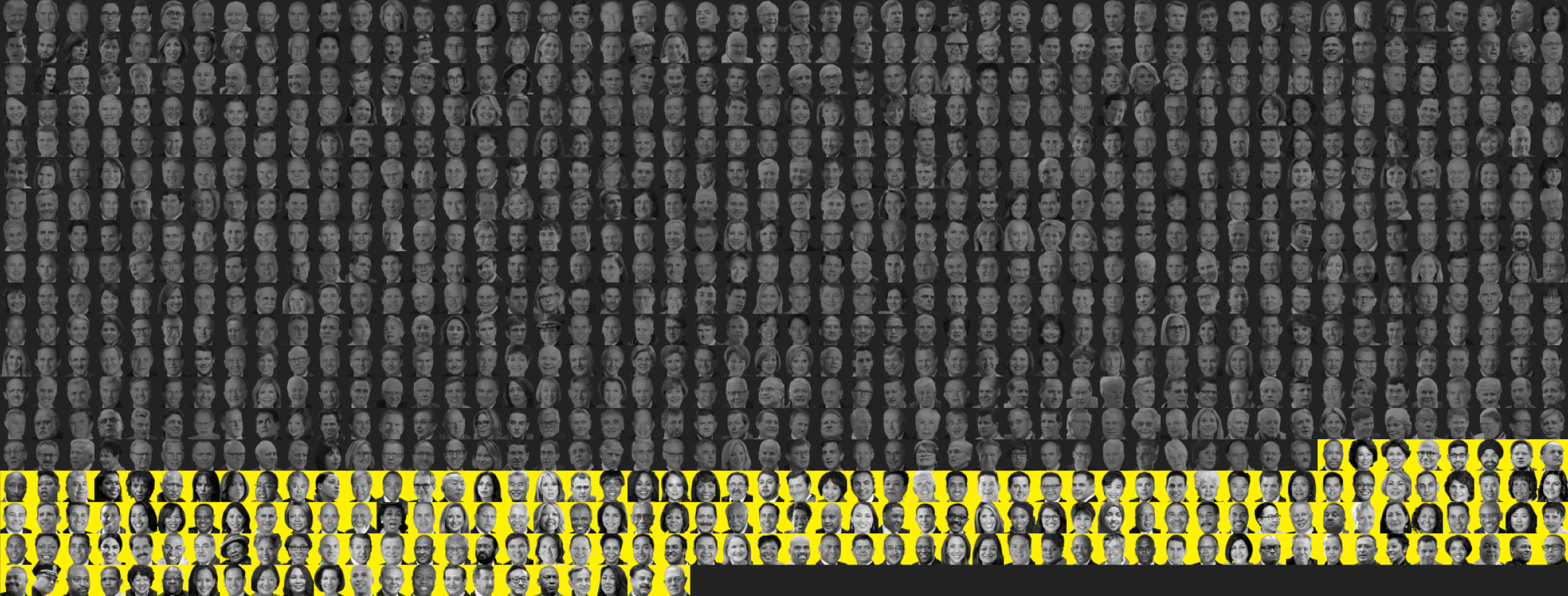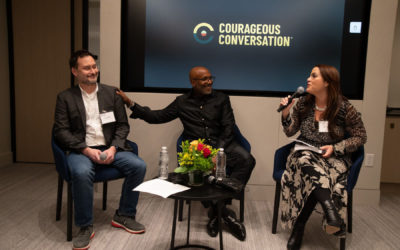By Denise Lu, Jon Huang, Ashwin Seshagiri, Haeyoun Park and Troy Griggs—Sept. 9, 2020
The most powerful people in the United States pass our laws, run Hollywood’s studios and head the most prestigious universities. They own pro sports teams and determine who goes to jail and who goes to war.
A review by The New York Times of more than 900 officials and executives in prominent positions found that about 20 percent identify as Black, Hispanic, Asian, Native American, multiracial or otherwise a person of color. About 40 percent of Americans identify with one of those groups.
Even where there have been signs of progress, greater diversity has not always translated to more equal treatment.
While half of the 25 largest police forces are run by people of color, the shootings and killings of Black people by white officers this year are a painful reminder of systemic bias. The rise of people of color to positions of leadership has not been a guarantee against the targeting of marginalized groups.
Almost half of the district attorneys in the cities with the largest police forces are people of color. Jackie Lacey, Los Angeles’s first female and first Black district attorney, has been criticized by the Black Lives Matter movement for resisting efforts to reduce prison populations, which often have disproportionately high numbers of Black and Hispanic people. Black Lives Matters activists have endorsed Ms. Lacey’s challenger in a closely watched race for November.
In other parts of government and the economy, the lack of diversity in top positions is striking. President Trump’s cabinet is more white and male than any first cabinet since President Ronald Reagan’s.
Read more at The New York Times.




